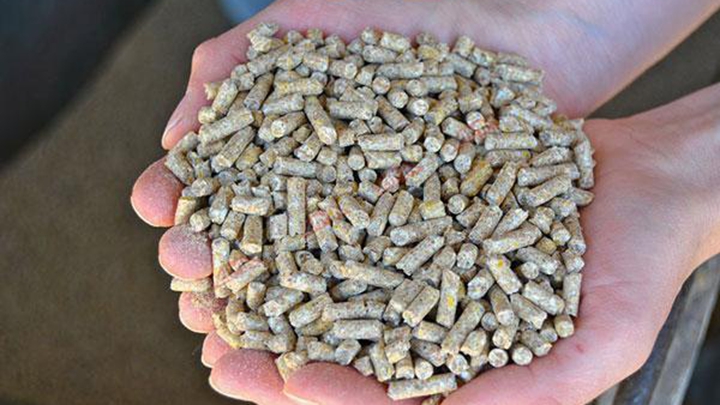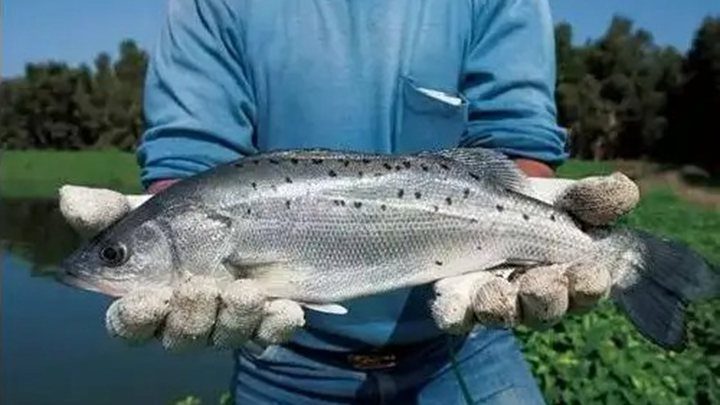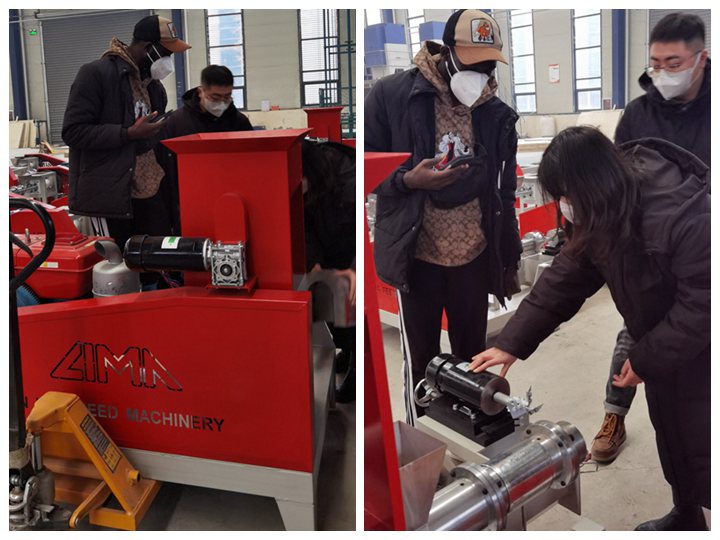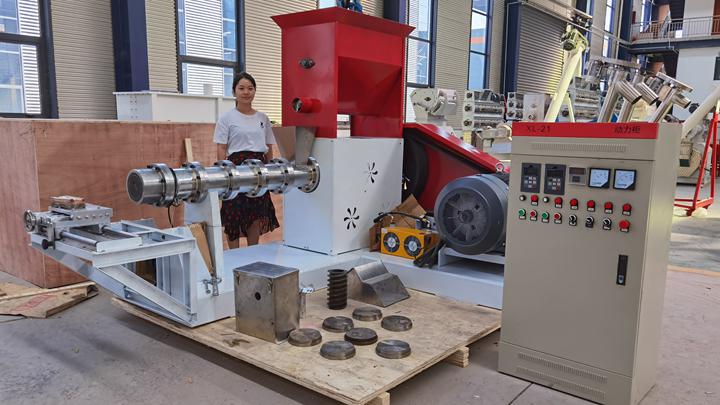If you are the fish farmer and looking for a worthy suggestion about the suitable amount of fish feed pellets for the proper growth and maintenance of your fish, then we are here to help. In this up-write, we will try to completely guide you about the appropriate amount of fish feed pellets, their manufacturing process, feed timing, and many more. So, stay with us!
1) What are fish feed pellets?
“Fish feed pellets are the easy-to-take compact form of fish food formed by compressing raw food through fish feed extruders. ”
These pellets contain a mixture of amino acids, lipids, carbohydrates, vitamins, and minerals that are meant to meet the nutritional needs of fish at various stages of growth.
Fish feed pellets are available in the form of floating or sinking and are made up of different types of raw materials. For example;
Carnivorous: These pellets are rich in proteins with fish meal and oil as ingredients to serve fish such as salmon.
Herbivorous: Vegetation-based pellets that have soybean meal for aquatic animals like tilapia.
Omnivorous: Those feeds aren’t biased because each contains proper portions of protein, fat, and carbohydrate components for the catfishes.
Specialty: This is a kind of food made specifically for fry, broodstock, and ornamental fish
Floating vs. Sinking: There are floating pellets meant for those that feed on the surface of water while sinking ones exist to cater for bottom dwellers, e.g. catfish.
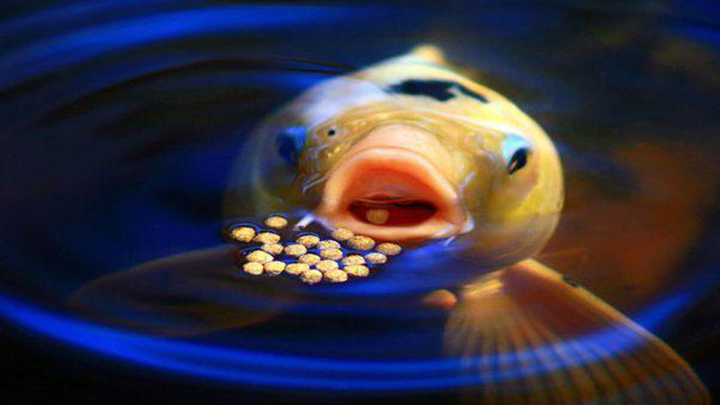
They assist in promoting healthy growth, reproduction and immune system function, thus making fish farming sustainable and effective. Proper feeding practices ensure that the fish get enough food without causing pollution by overfeeding them with excessive nutrients.
2) How many fish feed pellets should I feed my fish?
No doubt, fish feed pellets are the full package for the proper growth of your fish, but you know, overfeeding or underfeeding anything is always unhealthy. Therefore, to provide your fish with the maximum benefits of feed pellets, considering the amount of feed is of utmost importance. So, let’s discuss about that! Actually, the amount of pellets consumed depends on many factors, such as the type and size of fish, appetite, and food availability.
A general rule of thumb is that you should only feed your fish, which they consume within 5-10 minutes. So, to check out how much you should feed fish, start with the minimum amount. If they finish the food within 5-10 minutes, you should add more and feed them until 15 minutes and note down the amount.
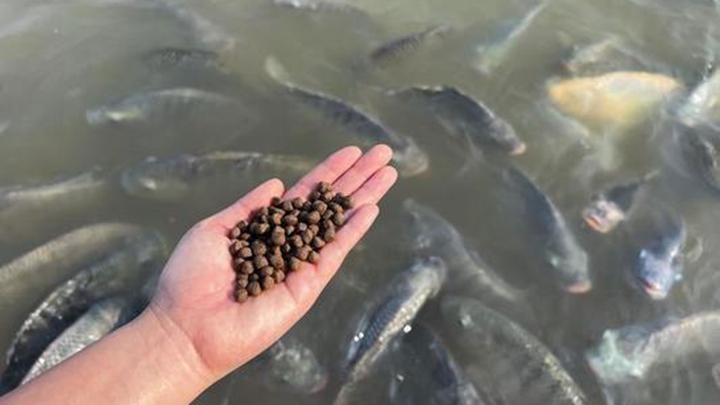
Although the amount of feeding pellets depends upon the size of your aquarium and how many fishes you are farming, generally speaking, a 10 kg can last for about six months. Let’s take an approx idea of the amount of feeding pellets through the table below:
| Amount of feed pellet per day | |||
| Fish ponds size | Light stocking | Moderate stocking | Heavy stocking |
| 10 gallons | 0.07 grams | 0.2 grams | 0.7 grams |
| 20 gallons | 0.14 grams | 0.4 grams | 1.5 grams |
| 40 gallons | 0.28 grams | 0.8 grams | 3 grams |
| 80 gallons | 0.55 grams | 1.6 grams | 5.5 grams |
| 100 gallons | 0.7 grams | 2 grams | 7 grams |
3) What are the available sizes of fish feed pellets?
By keeping in view the range of fish sizes, there are a variety of fish feed pellets in the market. You can easily choose the size that is compatible with your fish’s mouth sizes. If you keep smaller and larger fish, you can feed both sizes of pellets to keep everyone satisfied.
Generally, fish feed pellets range from 1mm to 9mm ( 1 mm, 2mm, 3mm, 4.5mm, 6mm, 9mm, etc.). So, consider the size and age of your fish and choose the pellet size that can be easily swallowed.
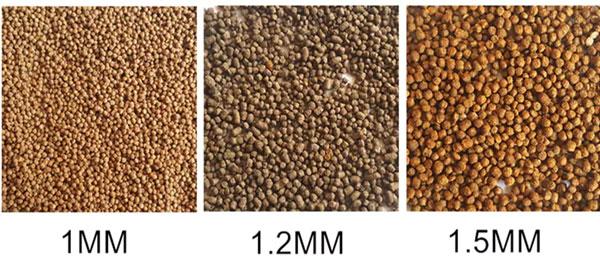
4) Machine used to manufacture fish pellets?
“Fish feed extruders are machines equipped with many modern tools to transform powered raw materials into floating feed pellet form.”
Extruder machine plays an important role in the fish farming industry in maintaining the health, growth, and development of fish by providing a nutritionally balanced feed pellet.
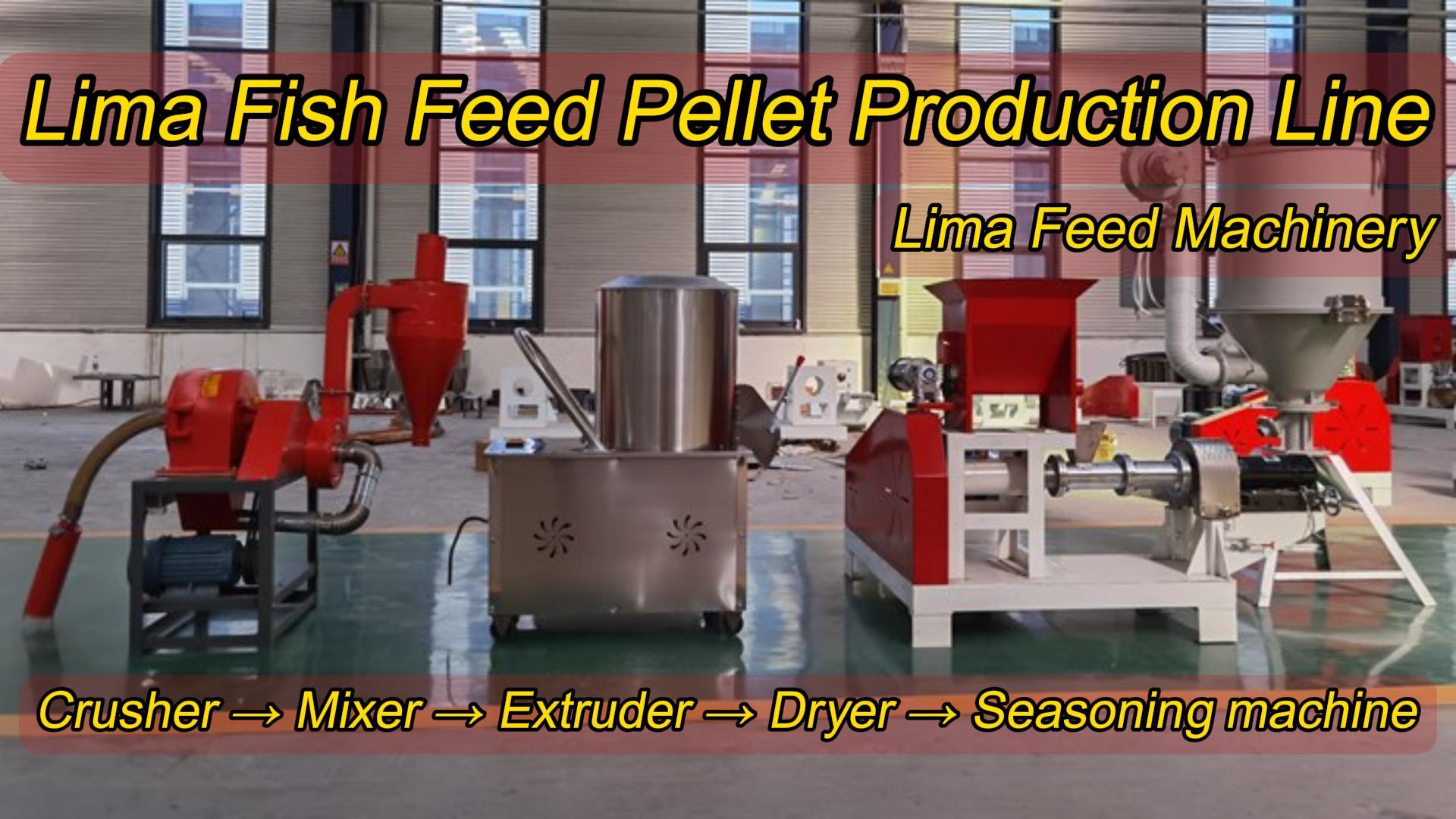
Feed pellet formation through an extruder machine involves several key steps, some of which are discussed below:
Step 1) Purchase raw materials: By considering quality control measures, raw materials such as wheat, corn, rice, barley, soybean, and canola are purchased from different suppliers.
Step 2) Storage of raw materials: By keeping in view the optimum temperature and humidity, raw materials are carefully stored in silos and bins. Because some materials are sensitive to microorganisms and can easily decompose in unsuitable storage conditions.
Step 3) Grinding: Now, the required amount of raw material undergoes grinding (separately) to reduce the size of particles ( it also increases the surface area, which helps it mix with digestive enzymes, ultimately helping fish in the digestion of feed).
Step 4) Uniform mixture formation: With the help of vertical and horizontal paddle mixers, all the essential ingredients are mixed in proper ratios to form a homogenous mixture.
Step 5) Steaming ( Conditioning): Heat or steam is added to the mixture to eliminate contaminating elements, e.g., pathogens.
Step 6) Extrusion: Extruders compress and pressurise the uniform mixture into the desired pellet size, which is termed extrusion or pelletising. Pellets are formed in different sizes ( from 1mm to 12mm) depending on customer demand. Moreover, Fish feed pellets are not only easy to swallow but also help improve the quality, digestibility, and efficiency of feed.
Step 7) Drying and cooling of pellets: To remove the extra moisture, pellets are dehydrated and cooled, which not only improves their consistency but also increases their shelf life.
Step 8) Packaging: After completing the above process, pellets are packed into different packet sizes ( bags, totes, or large containers). Well, now pellets are ready for the market. That’s all!
5) How often should I feed my fish?
Honestly, it is wise to feed your fish once or twice a day. It is good to hear that some enthusiastic hobbyists fast their fish at least one or two days a week so that their stomachs may be clear from the toxic stored decomposed food materials.
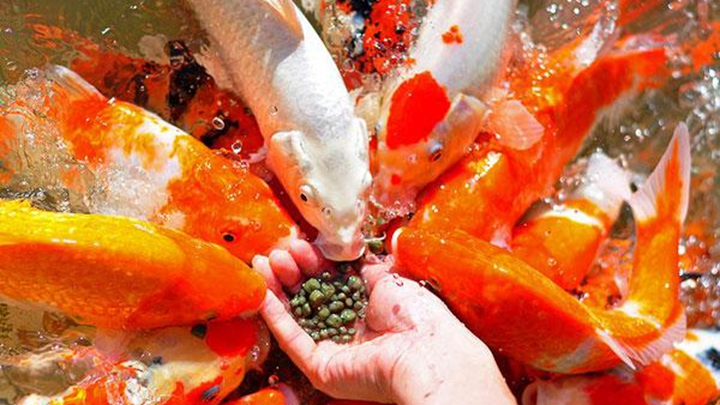
Apart from this, check out whether your fish eats enough at a time or eats less than the required feed. As, some herbivorous fishes forage all day as they don’t eat much to fulfil the nutritional requirements for the whole day, and small active fishes ( danios) have high metabolic rates and require more feed. So, figure out the case and feed your fish accordingly.
6) Conclusion
Feeding fish properly (not underfeeding or overfeeding) is crucial for proper development and growth. Because overfeeding can cause serious issues, which can even lead to the death of fish. Moreover, if the leftover food stays in the water body for a long time, it releases poisonous chemicals and ruins the overall environment of the water system.

